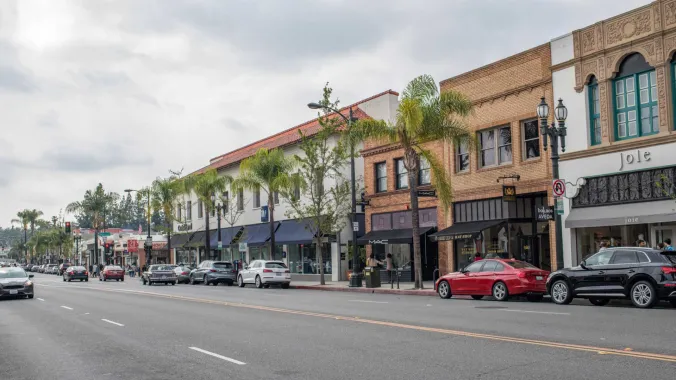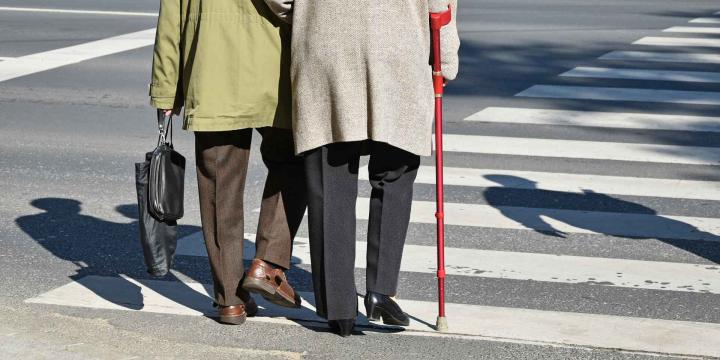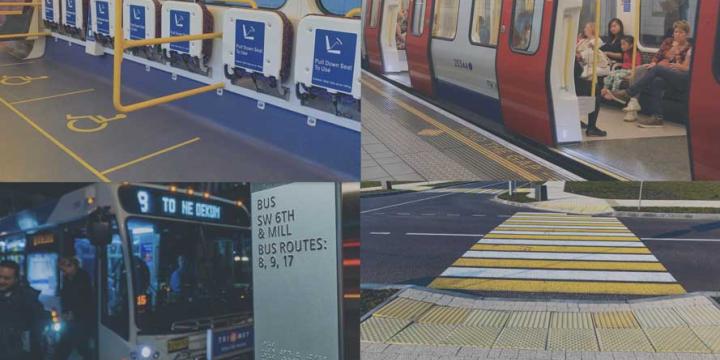Course Info
6 video lessons (56 Mins)
Published
2021Trending
-
4.44
Preview Course
Browse Course Chapters
-
1.Introduction
1 min
-
2.Three Reforms in Parking Policy
4 mins
-
3.Parking Benefit District in Old Pasadena
20 mins
-
4.The Political Science of Parking Benefit Districts
5 mins
-
5.Parking Benefit Districts in Other Cities
11 mins
-
6.Parking Benefit Districts in Dense Neighborhoods
12 mins
What You Will Learn
- How Parking Benefit Districts work
- The benefits of Parking Benefit Districts
- The political science of Parking Benefit Districts
- The best places for Parking Benefit Districts
- The equity of Parking Benefit Districts
Course Description
Free curb parking in a crowded city presents a classic common problem: no one owns it and everyone can use it. In 1954, Nobel laureate William Vickrey proposed solving the commons problem by setting the prices for curb parking to "keep the amount of parking down sufficiently so that there will almost always be space available for those willing to pay the fee."
Some cities have built powerful political support for market-priced curb parking by establishing Parking Benefit Districts (PBDs) that spend the meter revenue to pay for added public services on the metered streets. Market prices manage the curb, and the parking-financed public services show residents the benefits of charging for curb parking. Everyone who lives or works in a PBD can see the meter money at work repairing sidewalks, planting street trees, or providing free Wi-Fi.
In contrast, free on-street parking allows car owners to privatize the curb lane without paying anything. Cities that manage their curb parking by charging the lowest price that will leave one or two open spaces on every block—treating curb space as valuable real estate—will stop subsidizing congestion, pollution, and carbon emissions. Parking Benefit Districts may be the simplest, cheapest, and fastest way to improve cities, protect the environment, and promote economic and social justice.
Learn these skills
- Land Use
- Parking
- Pedestrian Planning
- Regulations
- Transportation
- Urban Design
- Walkability
- Zoning Codes
AICP CM
This course is approved for 1 AICP CM credit.
AIA CES
This is 1 LU.SACPLAN CPD
This course is approved for 1 SACPLAN CPD point.



























